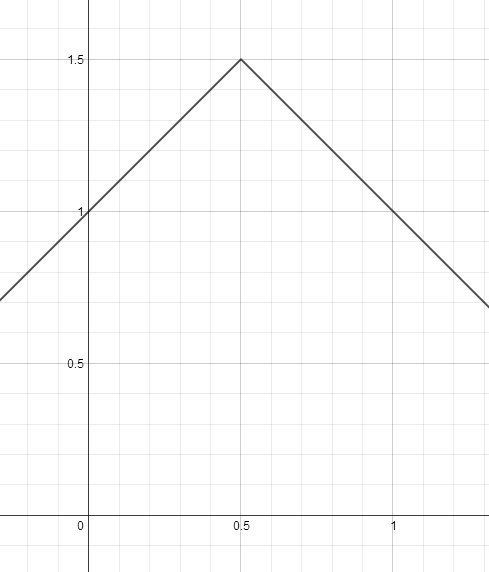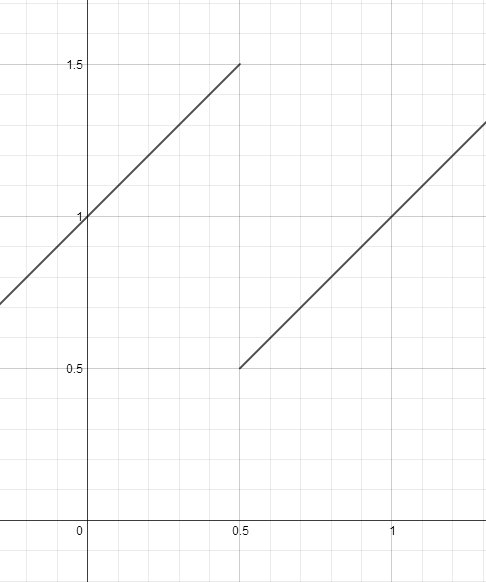Science:Math Exam Resources/Courses/MATH110/April 2011/Question 01 (b)
{{#incat:MER QGQ flag|{{#incat:MER QGH flag|{{#incat:MER QGS flag|}}}}}}
• Q1 (a) • Q1 (b) • Q1 (c) • Q2 (a) • Q2 (b) • Q3 (a) • Q3 (b) • Q3 (c) • Q4 (a) • Q4 (b) • Q4 (c) • Q5 • Q6 • Q7 (a) • Q7 (b) • Q7 (c) • Q8 (a) • Q8 (b) • Q8 (c) • Q8 (d) • Q8 (e) • Q8 (f) • Q9 •
Question 01 (b) |
|---|
|
Determine whether this statement is true. If it is, explain why; if not, give a counterexample. If f(0) = 1 and f(1) = 1, then there exists some c in the interval (0,1) satisfying |
|
Make sure you understand the problem fully: What is the question asking you to do? Are there specific conditions or constraints that you should take note of? How will you know if your answer is correct from your work only? Can you rephrase the question in your own words in a way that makes sense to you? |
|
If you are stuck, check the hint below. Consider it for a while. Does it give you a new idea on how to approach the problem? If so, try it! |
Hint |
|---|
|
This statement reads like the conclusion of Rolle's Theorem. Rolle's Theorem has two conditions for . What are they? What happens if a function doesn't satisfy one of the conditions? |
|
Checking a solution serves two purposes: helping you if, after having used the hint, you still are stuck on the problem; or if you have solved the problem and would like to check your work.
|
Solution |
|---|
|
This statement is false. It reads like the conclusion of Rolle's Theorem; however, Rolle's Theorem has two conditions: that be continuous on a closed interval (in this case the interval ) and differentiable on the same open interval (in this case ). If we drop either of these two conditions, then the conclusion of Rolle's Theorem does not necessarily hold. For example, suppose is not differentiable on . Then we can draw the picture: While this graph satisfies there is no point where the derivative is zero, because the derivative is either 1, -1, or undefined. Suppose is not continuous on . Then you can draw a picture like this: Where clearly the derivative is never zero, even though . Either example (or a similar example) would suffice to prove the statement false. |
{{#incat:MER CT flag||
}}


![{\displaystyle [0,1]}](https://wiki.ubc.ca/api/rest_v1/media/math/render/svg/738f7d23bb2d9642bab520020873cccbef49768d)




